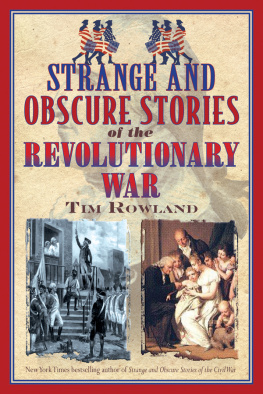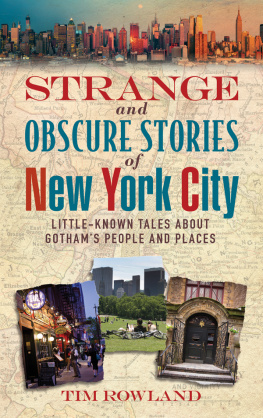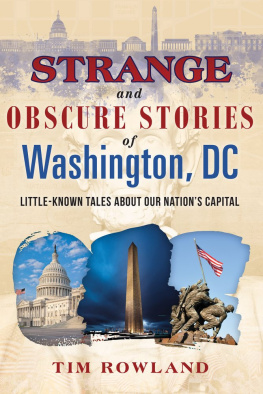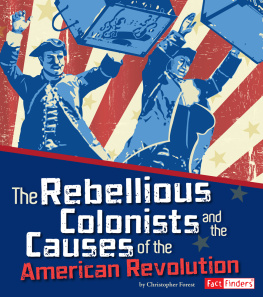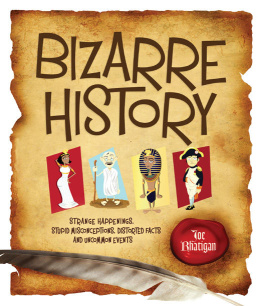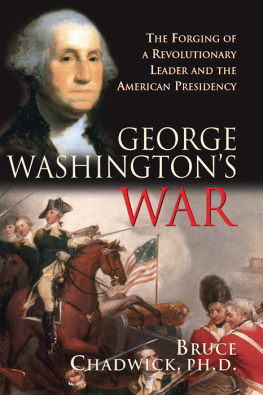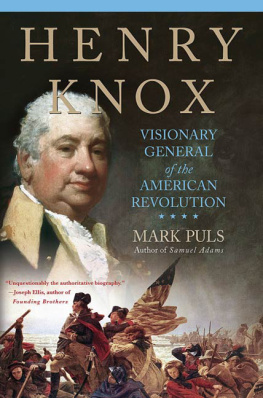Copyright 2015 by Tim Rowland
All rights reserved. No part of this book may be reproduced in any manner without the express written consent of the publisher, except in the case of brief excerpts in critical reviews or articles. All inquiries should be addressed to Skyhorse Publishing, 307 West 36th Street, 11th Floor, New York, NY 10018.
Skyhorse Publishing books may be purchased in bulk at special discounts for sales promotion, corporate gifts, fund-raising, or educational purposes. Special editions can also be created to specifications. For details, contact the Special Sales Department, Skyhorse Publishing, 307 West 36th Street, 11th Floor, New York, NY 10018 or .
Skyhorse and Skyhorse Publishing are registered trademarks of Skyhorse Publishing, Inc., a Delaware corporation.
Visit our website at www.skyhorsepublishing.com.
10 9 8 7 6 5 4 3 2 1
Library of Congress Cataloging-in-Publication Data is available on file.
Cover design by Jane Sheppard
Print ISBN: 978-1-63450-360-0
Ebook ISBN: 978-1-63450-972-5
Printed in the United States of America
Table of Contents

Chapter 1
The War That Started It All
Chapter 2
The Hero and the Goat
Chapter 3
A Pox on the American House
Chapter 4
Floating Extermination Camps
Chapter 5
Starting a Navy from Scratch
Chapter 6
Powdered Wigs to the Rescue
Chapter 7
Music to the Revolutions Ears
Chapter 8
Colonial Cloak and Dagger
Chapter 9
Where the War Was Won
Chapter 10
Celebrating a Stalemate
Chapter 11
Stories Best Forgotten
Preface

P erhaps because of the complexities of modern war, its fashionable, maybe even comforting, to oversimplify the American Revolution. Yet the Revolution was every inch the sort of geopolitical calliope that we try to make sense of today. Todays Middle East has nothing on eighteenth-century Europe and its colonies for violence, atrocities, intrigue, and thorny alliances, where a thicket of ancient hatreds and grudges were virtually impossible to decipher. Many residents of Britain would have had no clue what it was that those hotheads in America were trying to proveby their thinking, the colonists had it pretty sweet, allowed for the most part to pursue their own interests with little responsibility to the parent country under whose protection they operated. Many colonists themselves wondered the same thing (even if they felt no particular love for the Crown), rolling their eyes at the gasbags in the cities with their gibberish about liberty, death, and all.
In fact, a great swath of settlers bottled up on the Atlantic side of the Appalachian Mountains believed not that the British were too authoritative, but that they werent authoritative enough. These pioneers would have seen little distinction between an ISIS beheading and an Iroquois scalping, and as the Indians, with cause, clutched desperately to their native lands, settlers were aghast that the British did not do more to protect them against such terrorism.
British statesmen in 1775 did know they had a frisky colt on the end of the line, and had been debating for fifty years or better if and when the colonies would break free. America wasnt some contained, controllable sugar island; this was a vibrant, pounding, liquor-fueled mob of opportunists that was encouraged by dreams of fortunes to be had, especially if the prim British spoilsports could be forced to let go of the reins. Visionaries in Britain understood that to hold onto the colony would require a delicate if not impossible balancing act. Already, America had nearly two centuries of European presence under her belt and nurtured a population that for the most part had come to her shores because of one spite or another they held against the Old World. Once these colonists became economically and martially self-sufficient, Britain would cease to be anything beyond a bothersome bureaucracy in need of purging.
So, to maintain the colonists dependency on the motherland, the British tightened trade and police power, which ironically were the two things most likely to inspire colonists to seek their independence all the more. Out of this were born the cocked-hatted and buckle-shoed buzzwords with which we are all so familiar: Liberty, freedom and representation, pursuit of happiness, and natural rights of man. Every school child knows that tyranny finally transgressed the bounds of what a reasonable man should have to endure, and we burst from an oppressive cocoon to follow the shining light of freedom. We celebrate all this, the birth of a great republic, today, as we should.
But there is so much more to the story that is missed when we stop there. When history is sanitized and spit-polished in the name of creating a national creation story, many interesting people and stories are overlooked because they dont fit neatly into the narrative.
The intention of this book is to add, at least to a small degree, some stories that have fallen out of the mainstream of literature about the Revolution, and perhaps contribute a greater understanding or context to the war in the process. Its not a collection of trivia or in any way an effort to fill in any significant number of blanks. Its purpose is to be educational and fun, while demonstrating that there was a lot more to the Revolution than Washington crossing the Delaware.
Very loosely, this book shadows the chronology of the Revolution proper, which effectively began with the conclusion of the French and Indian War (1763); gained momentum through events that included increasing taxation, the Boston Massacre (1770), and the Boston Tea Party (1773); and then broke into open warfare that, greatly simplified, included the Battles of Lexington and Concord (April 1775), the capture of Fort Ticonderoga (May 1775), the Battle of Bunker Hill and the siege of Boston (June 1775), Washingtons defeat and withdrawal from New York (August 1776), the Battle of Trenton (December 1776), Burgoynes surrender at Saratoga and the entry of France into the war (October 1777), Howes capture of Philadelphia and the winter at Valley Forge
(177778), the British capture of Charleston, South Carolina, and invasion of the South (1780), and the British surrender at Yorktown (1781).
Finally, this book is told more from a storytellers perspective than that of a seasoned historian. It goes without saying that 250-year-old events are often difficult if not impossible to verify. Historians correctly shy away from stories for which there is no proof. Yet many legends told over the years are equally impossible to disprove, and in reality are seldom entirely made up out of whole cloth. Yes, they will generally be improved upon with the retelling over the years, some to the point that they become a bit silly and categorically unbelievable. Its worth considering, though, that for every legend that didnt happen, there are a dozen more, far better stories that have been forgotten.
The view here is that, for example, the Molly Pitcher legend, which wasnt firmed up until nearly a century after the war, is worth presenting, even if in standard form its a bit too perfect. (Molly Pitcher was the moniker awarded the loving wife who followed her husband into battle, took his place at the cannon when he fell, and carried water for parched patriots at the Battle of Monmouth.) But it seems safe to say that if this legend didnt happen exactly as we have been told, something like it did. Molly Pitcher more likely is a composite of several women, including perhaps a profane, whiskey-swilling camp follower picturesquely known as Dirty Kate, who shall we say put a charge into a lot more than cannons, and eventually died of syphilis.

